Blue Oval Heroes: The Shared DNA of the Ford F-150 & Ford GT
At a glance the Ford F-150 and the Ford GT couldn’t be more different from each other. One is pickup truck that’s sold millions of units, the other is a limited production, ultra high-performance halo supercar.
One might think that aside from a Ford badge, there’s nothing these two vehicles share, but when it comes to powerplants there’s actually a fair amount of DNA shared between the two. Is this just a coincidence or is there something symbolic to it? Let’s do a quick investigation.
The 2005 Ford GT
Big truck engines have been put into cars for long time. It’s one of the oldest hot rodding tricks in the book, and the two generations of the modern Ford GT might just be the ultimate example of this.
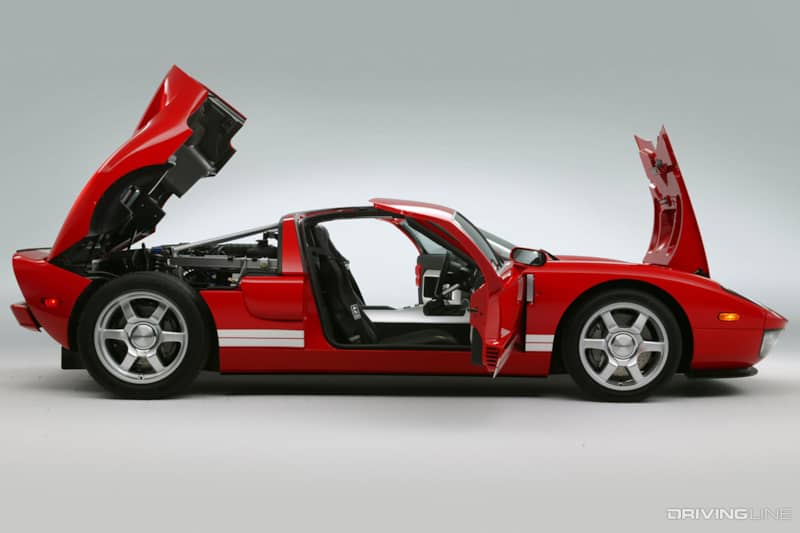
Let’s go back and look at the Ford GT of the mid 2000s.
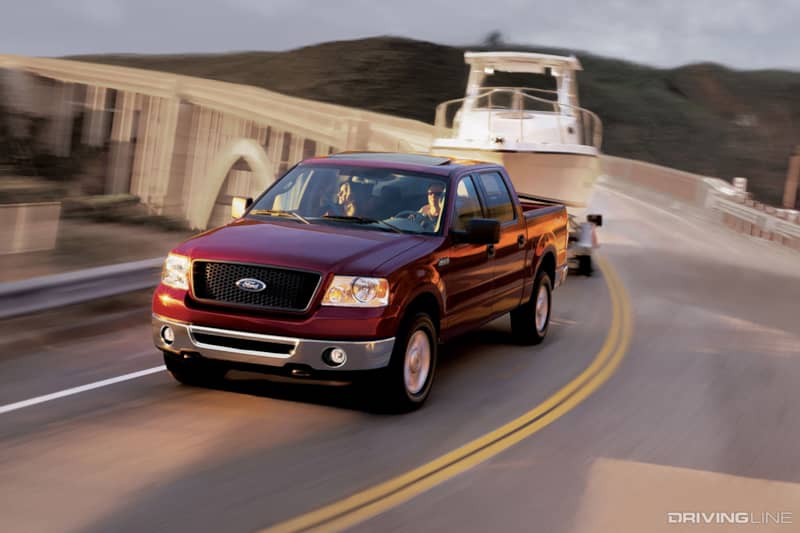
When Ford wanted to capture the spirit of the iconic GT-40 with a modern supercar, it needed a burly powerplant to backup the car's retro looks. At the time the Mustang was powered by the 4.6 liter modular V8 and even in supercharged form the 4.6 only produced 390 hp. This was a serious amount of power for a Mustang, but not enough for a proper supercar.

However, if you go back a few years earlier to the iconic 2000 Mustang Cobra R, you might remember that car used a special 5.4 liter variant of Ford's modular engine, using the larger block from the F-series pickup with the four-valve DOHC heads, higher compression pistons and other tricks to make 380 naturally aspirated horsepower.
A less exotic version of this 5.4 DOHC engine could also be found in the Lincoln Naviator SUV and Lincoln Blackwood pickup which made 300 hp.
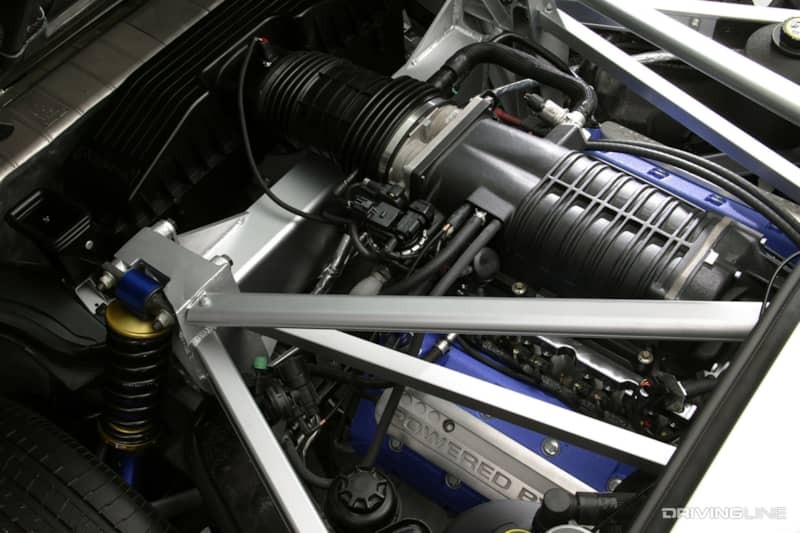
When it came time to engineer the Ford GT's motor though, things were taken to another level. With its roots still in the 5.4 liter truck block, everything (including the block) would be made from aluminum, it had a dry sump system and the heads were further improved from the '00 Cobra R.
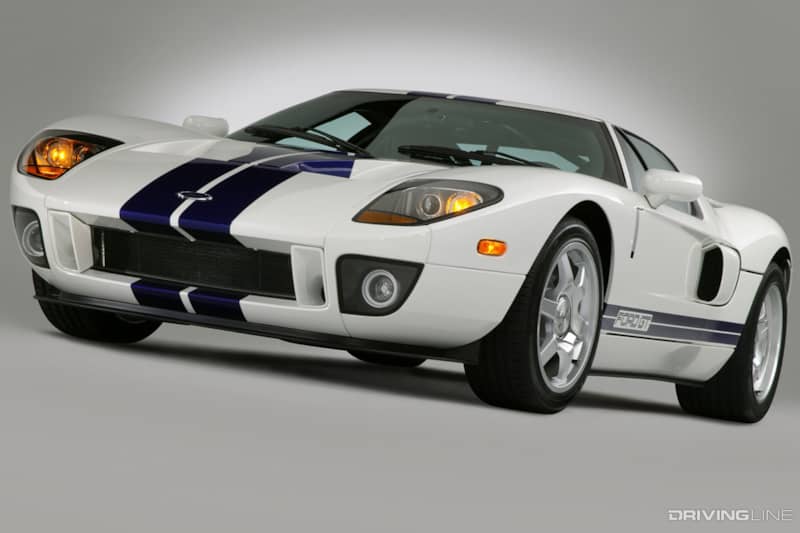
Then the engine was then topped with an Eaton supercharger, and the result 550 horsepower and 500 pound feet of torque. Now these are big numbers today, but 15 years ago they were earth shattering.
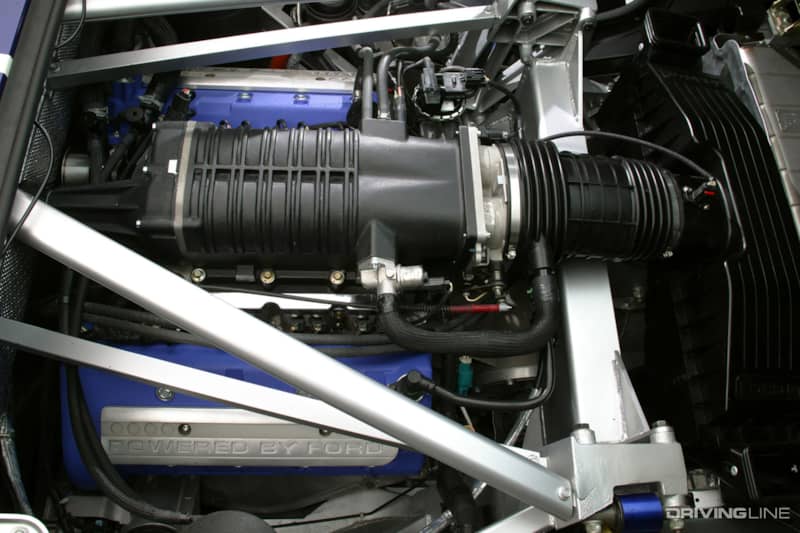
The fully reimagined supercharged 5.4 in the Ford GT gave the car more than enough horsepower to backup its timeless look, and is a big part of the reason the 2000s Ford GT is still extremely popular today.

The 2017 Ford GT
Fast forward about 10 years, and you have Ford working to develop a follow-up to the 2005 Ford GT, this time with a decidedly less retro approach.
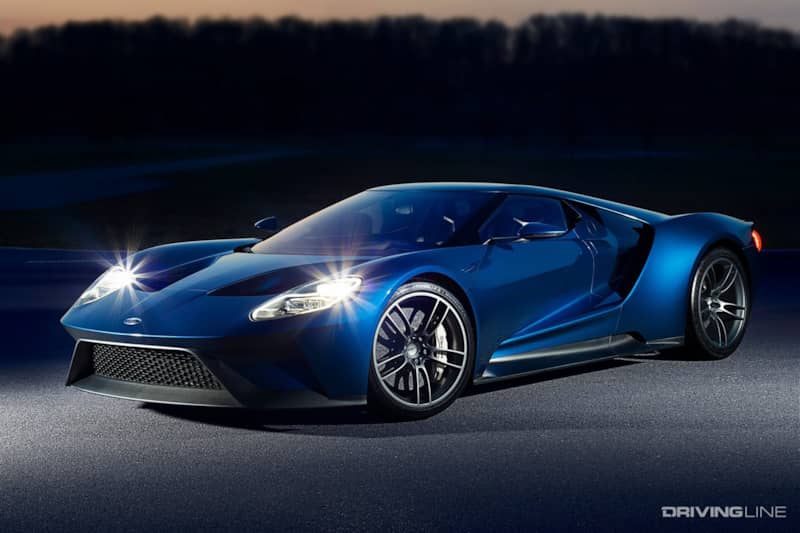
While the styling of the 2017 GT would still have plenty of heritage inspiration, its chassis and its powerplant would be state of the art.
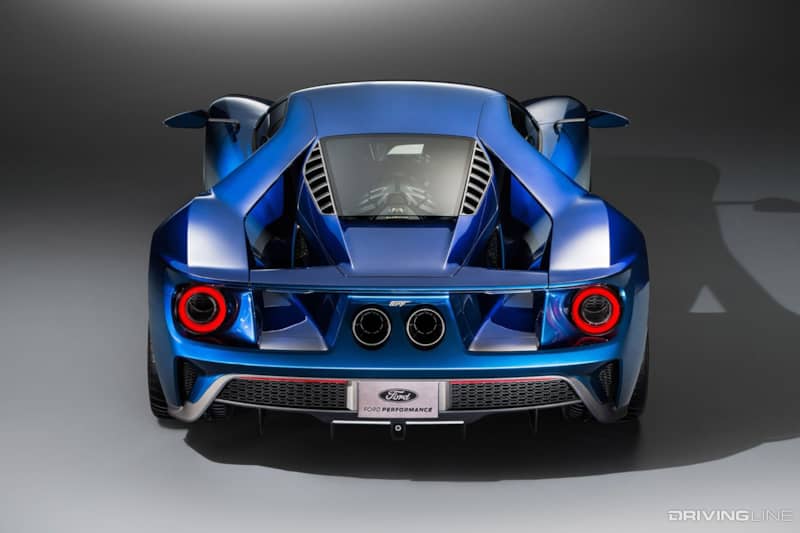
By the mid 2010s, Ford had further improved its family of V8 engines with members like the Mustang GT's 5.0 DOHC Coyote and the even wilder supercharged unit from the Shelby GT500. Yet they decided to go in a much different direction for the next gen GT.
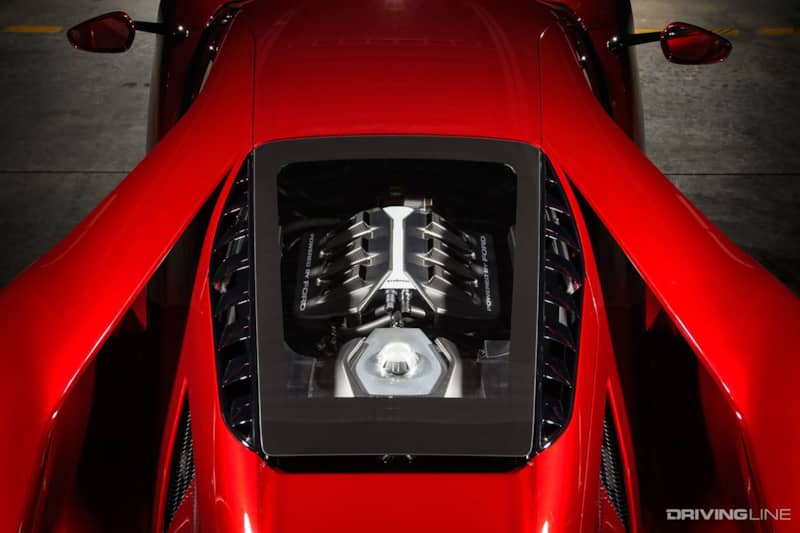
When it was time to build an engine for the GT's new carbon fiber chassis, Ford decided to go with a twin turbocharged V6 rather than the traditional V8. The EcoBoost program was picking up steam so it made sense that Ford would use this technology in its new flagship supercar.
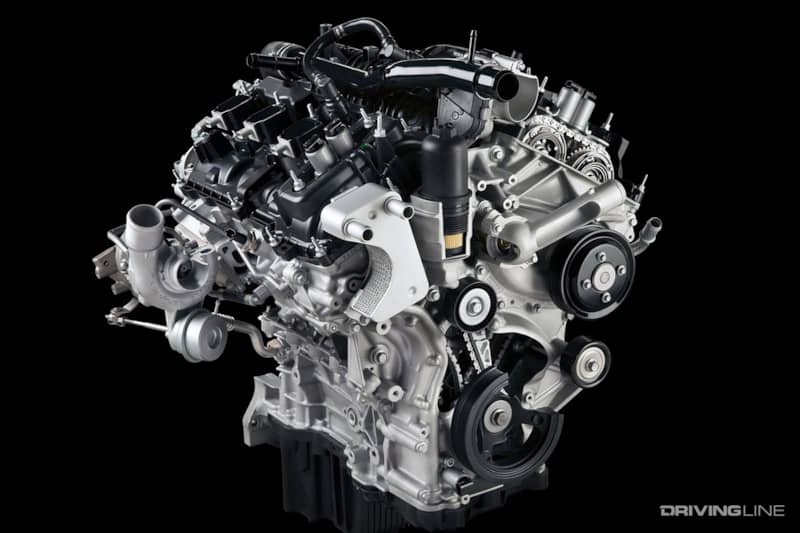
At the same time Ford was pushing its EcoBoost V6 engines in the F-series pickup, and the new GT would once again share its engine DNA with the F-150. This time it started with the same all-aluminum 3.5 liter block and heads from the F-150 before things got wild.

Among the changes from F-150 to the GT are beefed up internals, a dry sump oiling system just like the previous gen GT and a new high performance aluminum intake manifold. New cams and larger turbochargers help produce extra power and give the engine a character more appropriate for a supercar.
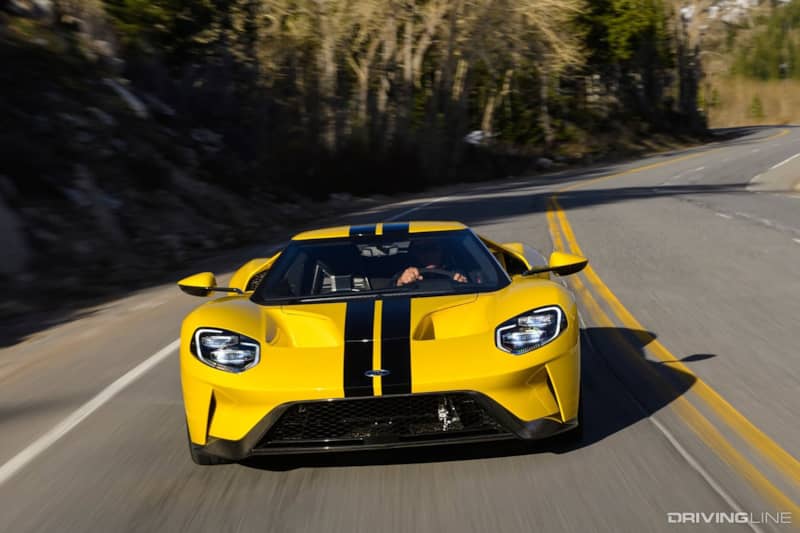
When it debuted for the 2017 model year, the GT's EcoBoost engine made 647 horsepower and 550 pound feet of torque. Updates for the 2020 model year have pushed things a littler higher to 660 horsepower thanks to new, cooled pistons and an upgraded ignition system.
While there was naturally some disappointment the new Ford GT wouldn't have that V8 sound, there's no doubting the performance of the car. More than that, it provided a strong tie between the mainstream Ford pickup and exotic GT.

When compared to a bespoke supercar maker like Ferrari or McLaren, the Ford GT is a halo car for a mainstream brand and the fact that both generations have used engines derived from best selling F-series pickup only feels appropriate.

Now with an electric F-150 on the horizon and Ford making a strong pivot to EVs, one can only wonder if a next generation of the Ford GT may ditch its internal combustion altogether...
Want to learn more about the aforementioned 2000 Mustang Cobra R, which also used plenty of truck DNA in its engine? Check out the story here.







